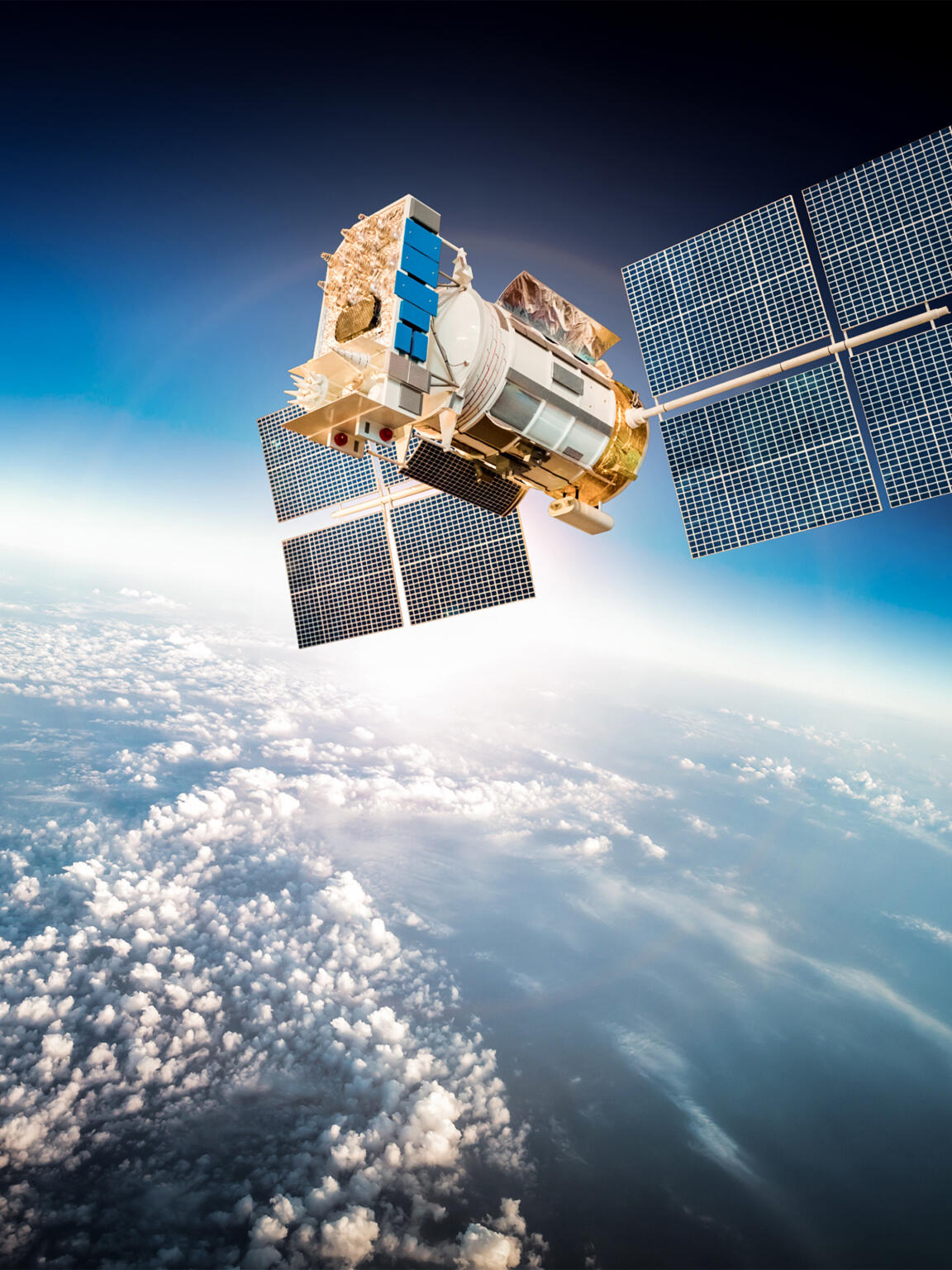Aerospace

Hybrid pixel detectors have applications in the aerospace industry for various imaging, detection, and analysis purposes. Their unique characteristics make them suitable for a range of aerospace-related applications.
X-ray Imaging
Hybrid pixel detectors are employed in X-ray imaging systems for non-destructive testing (NDT) of aerospace components. They can provide high-resolution imaging capabilities, allowing for the detection of defects, cracks, or other structural issues in materials such as composite panels, turbine blades, or critical aerospace components.
Radiation Monitoring
Hybrid pixel detectors are used for radiation monitoring and safety in aerospace environments. They can measure and monitor ambient radiation levels, ensuring the safety of astronauts, aircraft personnel, and sensitive electronic equipment exposed to radiation during space missions or high-altitude flights.
Spectroscopic Analysis
Hybrid pixel detectors equipped with energy-dispersive capabilities and diodes are used for spectroscopic analysis of aerospace materials and samples. They can provide information about the elemental composition, chemical properties, and potential contaminants present in materials, fuels, or fluids used in the aerospace industry.
Space-based Imaging Systems
Hybrid pixel detectors can be integrated into imaging systems for space missions, such as space telescopes or planetary rovers. Their high-resolution imaging capabilities, combined with their ability to handle high-energy radiation, make them suitable for capturing detailed images and data in extreme environments, enabling scientific research and exploration of celestial bodies.
Particle Detection
Hybrid pixel detectors can be utilized for the detection of charged particles in space or atmospheric research. They can accurately measure the energy and trajectory of particles, aiding in studies related to space weather, cosmic rays, or atmospheric phenomena.
Microsatellite Applications
Hybrid pixel detectors can be used in microsatellites for imaging, remote sensing, or Earth observation purposes. Their compact size, low power consumption, and high-performance imaging capabilities make them suitable for small satellite platforms.
Products
Applications
- Non-Destructive Testing
- Quality Assurance
- Space Dosimetry

